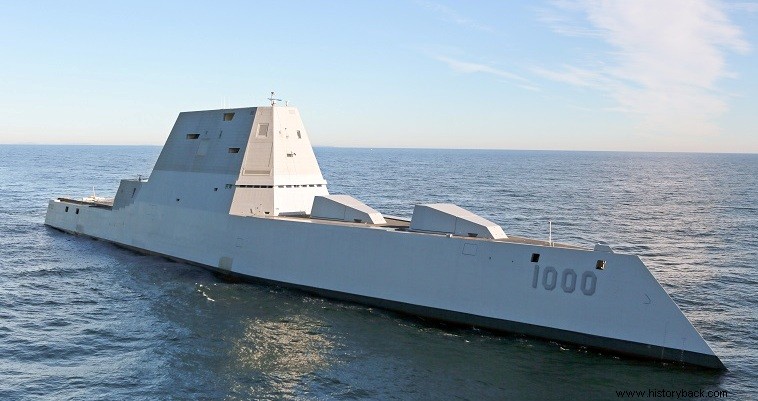
The destroyer was the logical evolution of the discovery of a new, for the time, weapon in sea warfare, the torpedo. That's why the new ships that took on the mission of destroying enemy torpedo boats were named in Greek "anti-torpedo" and in English Destroyers. Gradually the torpedo threat expanded and now ships were also in danger from torpedo-armed submarines. Thus, destroyers also took on the role of pursuing enemy submarines, a role they deservedly held in the two World Wars and retain to this day, but no longer as the main one.
The first destroyers were small ships armed with very light guns. The first purebred destroyers were the two Daring-class and two Havoc-class ships of the British Navy that entered service in 1893-94. The Americans were a late entrant into the field and it was not until 1903 that their first Bainbridge class destroyer entered service, of which a total of 13 were built. These small vessels were 75 m long, had a displacement of about 640 tons, a crew of 75 men and were armed with two 75 mm guns. 5 57mm guns and two torpedo tubes of 18 in. They developed a maximum speed of 29 knots.
Since then, however, much has changed and today's destroyers do not differ much from the older cruisers in terms of dimensions and displacement. Modern Arleigh Burke Flight III destroyers have a full displacement of 9,700 tons! The US Navy has 68 of these exceptional vessels of sub-classes I to III. It is precisely in this evolutionary path of more than 100 years that the following video refers.
